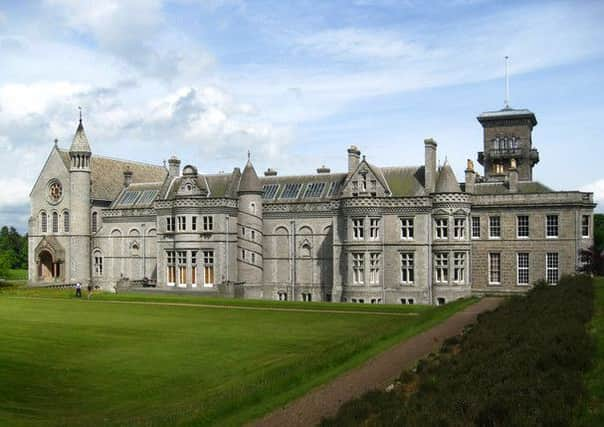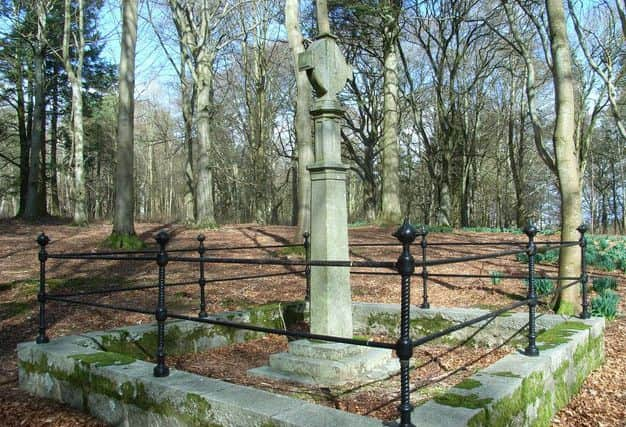Mystery of body snatching solved by message in bottle


Alexander, 25th Earl of Crawford, was stolen from his triple coffin laid deep in the family tomb at Dunecht House in Aberdeenshire, with a local rat catcher put on trial for grave robbing in 1881.
The brisk trade in corpses to meet the shortfall in legal supply of cadavers to medical schools is a well-documented element of the early 19th Century criminal underworld.
Advertisement
Hide AdAdvertisement
Hide AdBut the case of the Earl of Crawford created an “immediate press sensation” according to Daniel MacCannell’s Lost Deeside, with the peer missing for some 14 months.


In Deeside, the kirkyard of Banchory-Devenick was particularly defended against the “resurrectionists” with a watch-house built for relatives to guard the final resting place of their loved ones - possibly with firearms - until such a time the body would be no use for medical purposes.
According to MacCannell, the parishes of Peterculter, Maryculter, Drumoack, Durris, Skene, Lumphanan and Coull were all targets for those seeking bodies to sell for anatomical dissection.
The family of the Earl of Crawford, who owned one of the finest homes in the area, were to be included on the victim’s list. Almost a year following the Earl’s death, the family solicitor received a note.
Advertisement
Hide AdAdvertisement
Hide Ad